Hear the natural sounds that made up life in 17th century Manhattan (interactive)
learn more here
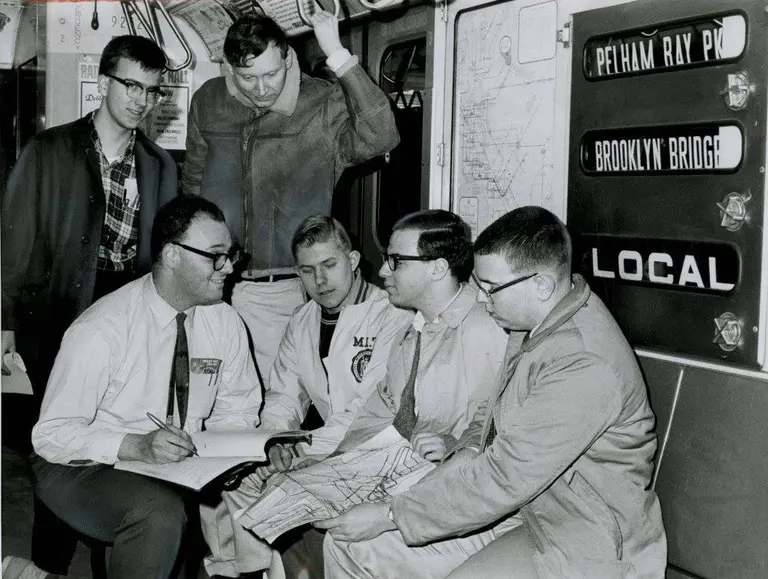
Peter Samson, standing in the center, and his teammates during the failed 1966 run. From the New York Herald-Tribune, via the Queens Borough Public Library
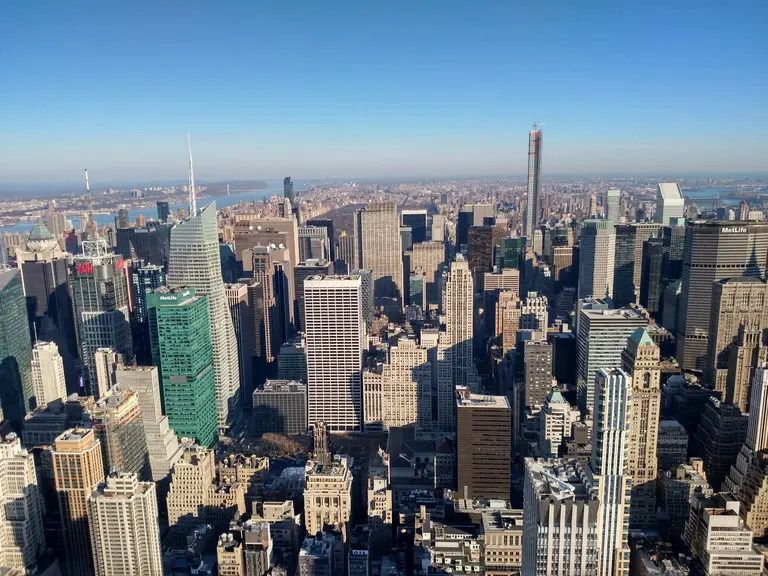
Photo via Public Domain Pictures
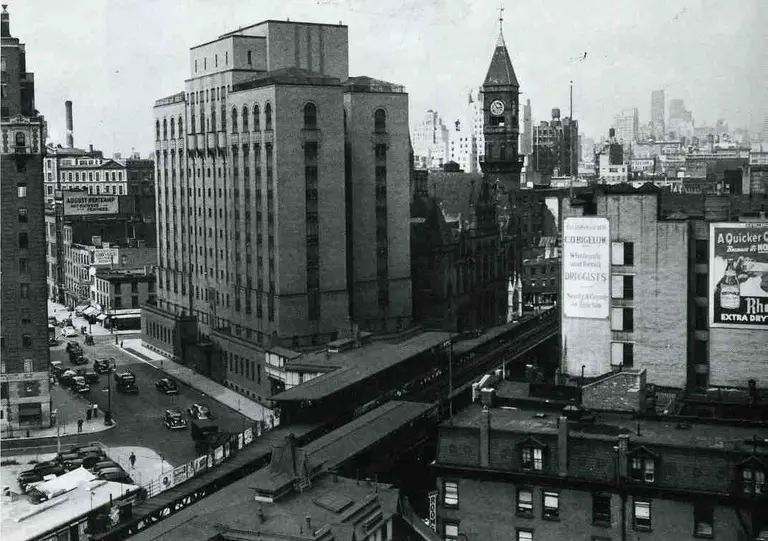
A 1938 photo showing the Women’s House of Detention south of the Jefferson Market Courthouse, via NYPL
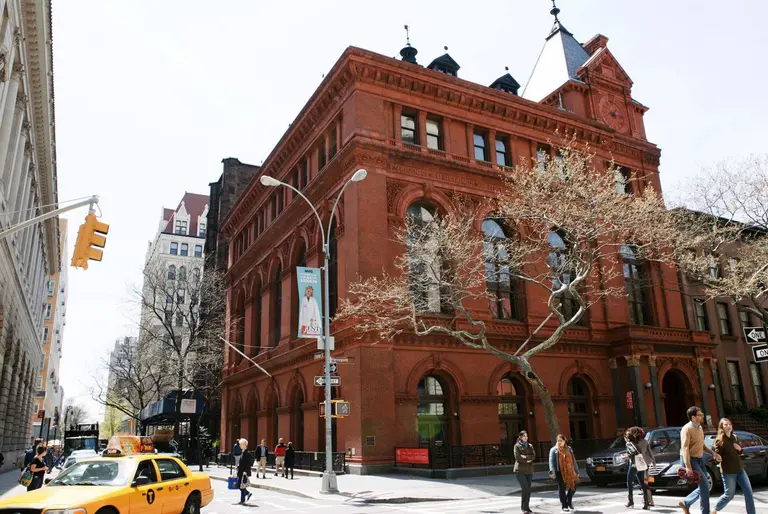
Photo via Brooklyn Historical Society
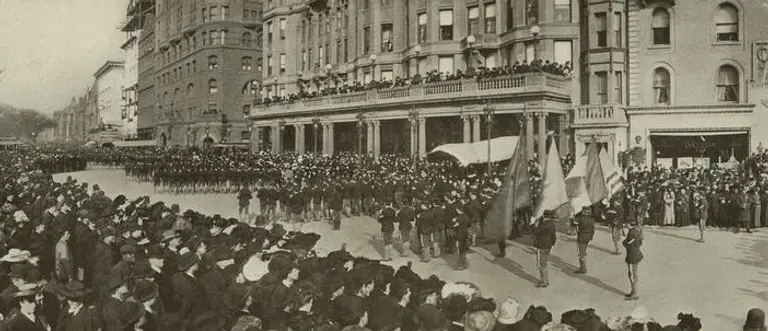
The parade in 1904 at Fifth Avenue and 59th Street via The Miriam and Ira D. Wallach Division of Art, Prints and Photographs: Picture Collection, The New York Public Library
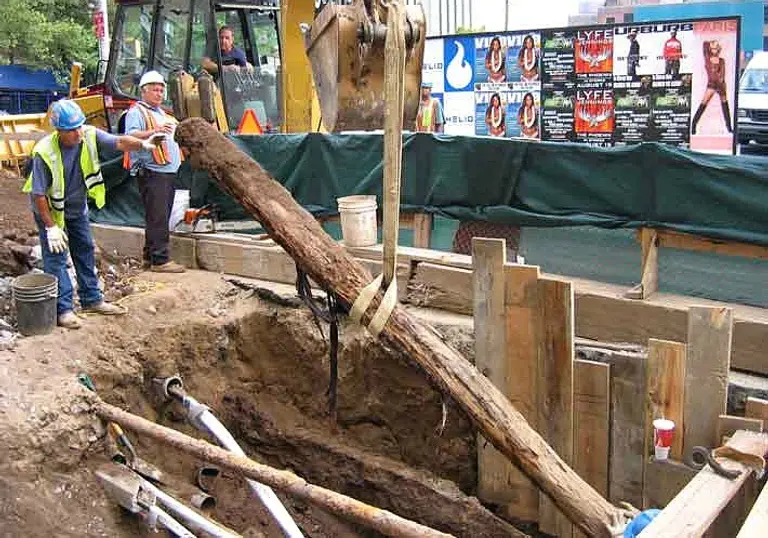
In 2006, construction crews discovered a 13-foot section of the wooden water mains under Beekman Street near the South Street Seaport, photo courtesy of Chrysalis Archaeology